Formula E is a few days into a critical year of its brief history and one which could determine the future health of its existence.
Like for all international competition, it will be a year in which Formula E will have to try and make up for lost momentum after a disruptive 2020. But more than that, Formula E has to tackle a perfect storm of political, sporting and technical topics which are likely to go a long way in demarcating its future.
Formula E’s 2020 ended with a series of punishing body blows. The withdrawals of Audi and BMW later this year came within the space of mere hours. This was followed by the postponement of its world championship curtain-raiser in Santiago just 25 days before it was due to begin.
Prior to last year, Formula E had ridden a self-fulfilling wave of positivity, growth and kudos that cultivated an impressive network of prosperity. It was one which set it on a path to being one of the most future-relevant sporting championships in the world.
The momentum ended in 2020, and 2021 presents a new multi-headed challenge, which includes: urgent surgery on the 2021 calendar; intricate care for future manufacturer commitment; and critical observation on the political and commercial framework between teams and promoters, particularly with regards to the Gen3 project.
The global crisis has created a minefield. It is one in which Formula E has to quickly clear a path if it is to ensure enhanced robustness for when it matures fully in 2022.
That is when the new rules set and new Gen3 era will incorporate fast-charging, quicker cars and a grid which is likely to look markedly different from the one which will race this season.
The prognosis for Formula E’s maiden world championship calendar does not look particularly promising at this very moment.
A schedule which currently has just one event and two races formally organised is not the status that partners and stakeholders envisaged for the first world championship season.
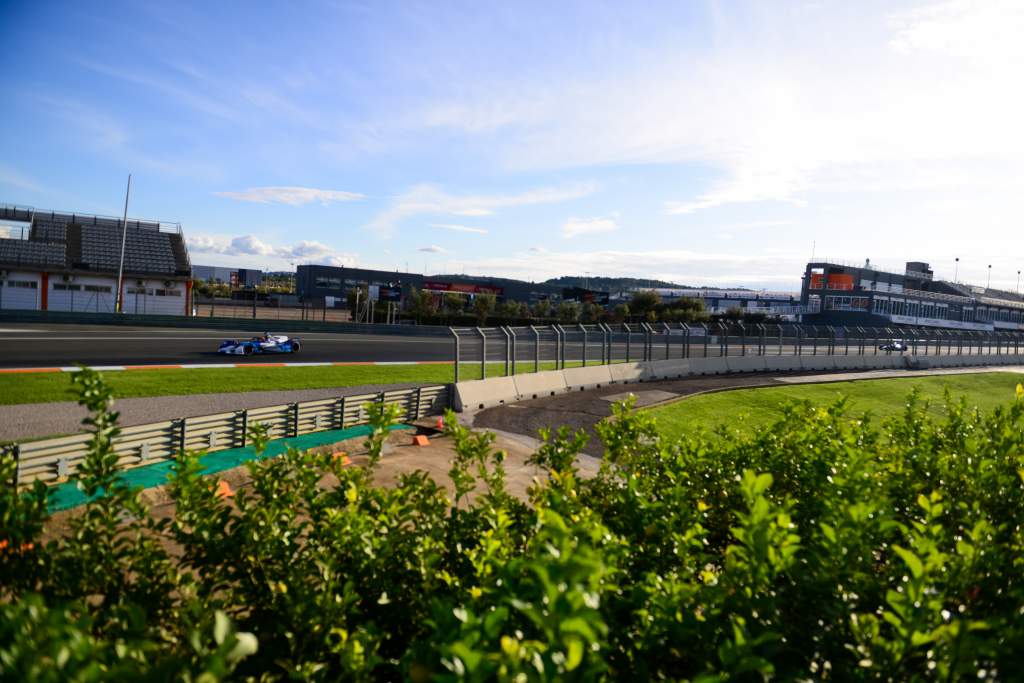
This cold, harsh reality has been created by a once-in-a-century pandemic that has cast infuriating variables.
To deal with it decisively is nigh-on impossible for a global championship, as Formula 1 proved last year with its 90% European-based schedule. Yet Formula E has to act quickly to salvage a schedule that can at least act as an attractive stop-gap before city centres become safe areas to host events again.
It is likely that Formula E will have to completely re-configure its calendar for at least the first half of the 2021 schedule and perhaps beyond.
The first tranche of this should be communicated later this month when its ‘Plan B’, which is likely to include races on permanent European circuits, will become known.
At this stage, events in Paris and Rome this April seem highly unlikely in being able to be staged. Even with presumptions that vaccine administering will accelerate a return to normality later in the year, the natural lag of achieving this will probably be too late for the majority of Formula E’s season to take place as planned.
Should this be the case and events at the likes of Valencia, Marrakesh and Estoril come into play, it will change the complexion of Formula E’s identity, temporarily at least.
The big hope for Formula E is that Seoul, New York and London could take place this summer. In regards to the UK capital at ExCeL Arena, some tests with a Formula E car were known to have been planned for February.
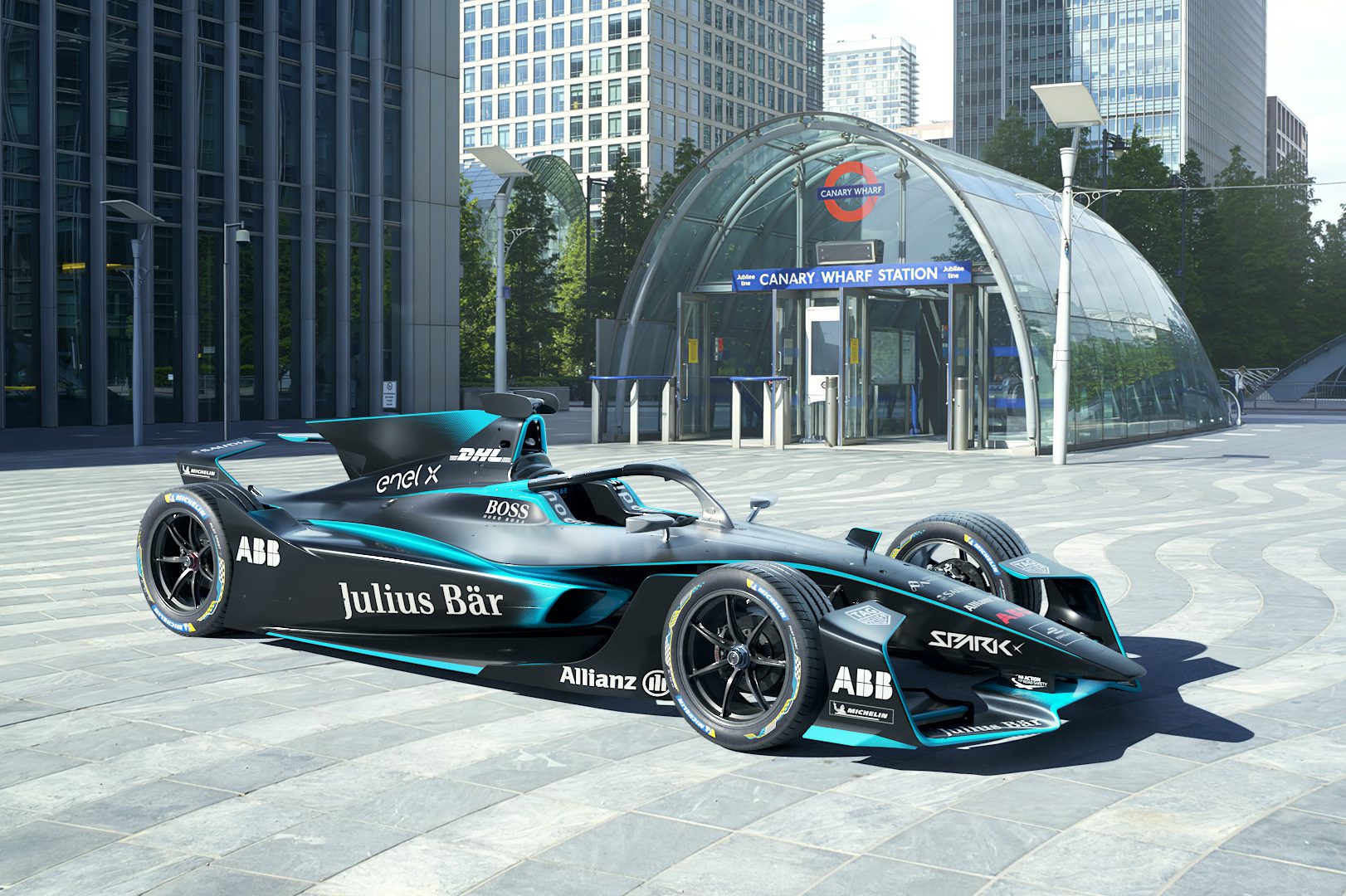
That may now have to change in light of London’s present crisis with the mutated strain of the COVID-19 virus, which has left the capital in effective lockdown for several weeks.
That’s for later. In the short term, there will be major concerns on costs and revenue on re-jigged schedules. That is why the cars and freight will stay in Santiago for a short period to see if a re-configured date can work for Chile ahead of the planned Diriyah double-header at the end of February.
Flying that amount of freight to and from continents is a huge cost and one that the Formula E accountants will push back on as much as they possibly can unless it is deemed absolutely vital to ensure a relevant season takes place.
The revenue and commitment from partners will also be a major concern. Several are already known to be getting twitchy as reality dawns that their returns on investment could be hit once again after a stilted 2020.
It’s a hugely difficult scenario for Formula E to deal with and one in which any kind of virtual hospitality service (which was tried unsuccessfully at Berlin last August) will not re-kindle the human business-to-business interaction purposes of why companies were originally attracted to events in city centres.
It sounds completely obvious but just as Formula E’s own partners need clarity on where and when they can activate, so too do the teams, which have to inform their own backers.
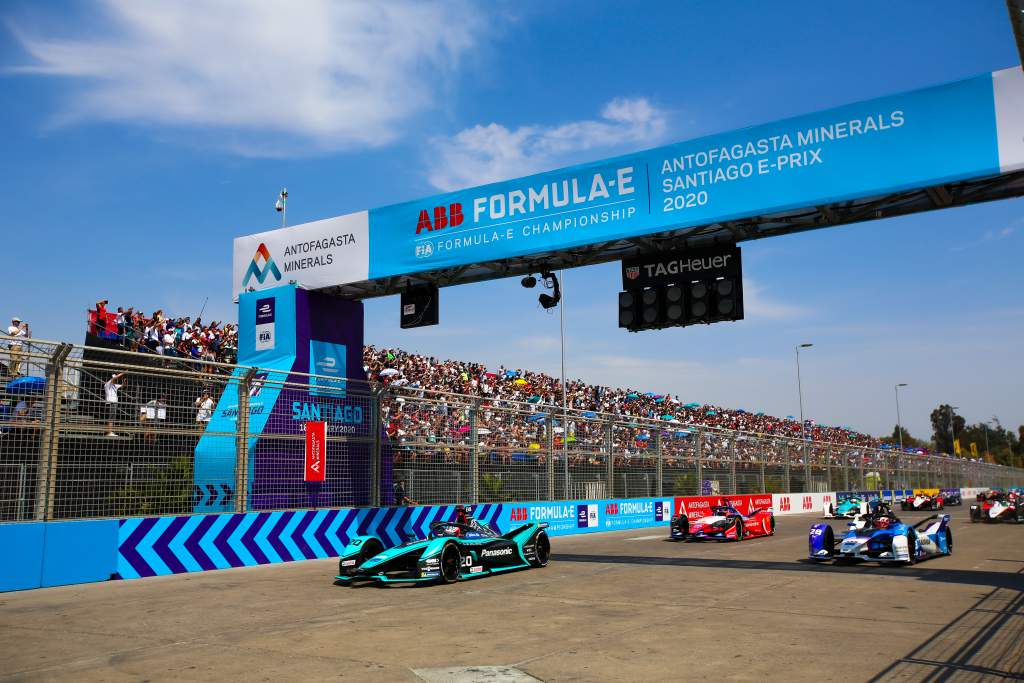
This fits into what Formula E suits like to call ‘the ecosystem’. But teams are super keen to get a full understanding of where they will be performing in the upcoming months.
All of this will likely also influence more far-reaching topics and decisions that many of the protagonists will be making for their own futures.
At the head of this list will be a commitment or otherwise to the upcoming Gen3 era.
The uncertainty of the global situation at present could not have come at a worse or more pivotal time for Formula E.
Although it’s debatable as to what influence the global pandemic had on Audi and BMW’s recent decisions to withdraw their programmes next year, the here and now is still mightily volatile.
But the hope is that the future will not be, and over the next 11 weeks the likes of Mercedes, Porsche, Jaguar, Nissan, Penske and NIO333 have to make decisions on whether they will take part in the third rules iteration (Gen3) or not.
Of those, it is currently believed that Mercedes, Porsche, Penske and NIO333 are the most likely to join the only confirmed manufacturer, Mahindra, in committing. But a host of answers to long-held questions are still being sought for any of them to confirm a long-term obligation.

Jaguar and Nissan’s statuses remain less clear and are largely dependent on what they can be assured of in Gen3. That apart, the circumstances of their own financial and strategic decisions on where they will be directing marketing spend over the next five years could override any desires to stay in the game.
With the season now delayed, some manufacturers’ representatives have furtively told The Race that future costs and enhanced media exposure are not the only crucial topics to guarantee commitments of Formula E programmes continuing beyond 2022. Matters such as rights issues on who will actually own what with regards to the Gen3 cars are also said to be fermenting.
Most of the manufacturers have already started on their Gen3 technical packages, even if it is at a relatively nascent stage. This in itself is significant because it makes a future formal cost cap, for manufacturers at least, very difficult to organise for the first homologations of Gen3, which will take place next year.
Additionally, the manufacturers expected to be part of Gen3 Formula E – Mercedes, Porsche and Mahindra – are set up very differently. This means that a fair cost cap structure would need to have across the board consensus, something which Nissan’s Tommaso Volpe confirmed to The Race at Valencia in November.
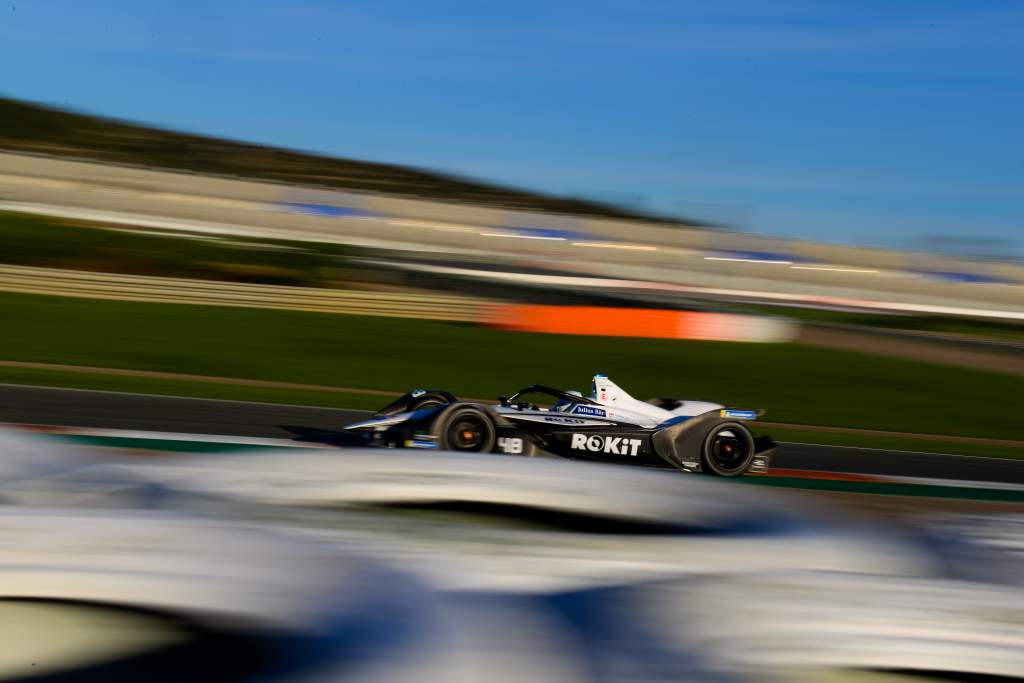
“I can tell you that we will try to have an opinion as a group [of manufacturers],” he said.
“We will try to have a unanimously shared opinion. Let’s see if he happens. I hope we will.”
All of the above challenges for Formula E will be set against a backdrop that now includes many more credible EV rivals, especially in the shape of ‘noisy neighbours’ Extreme E.
Additionally, Pure TCR, SuperCharge, Electric Rallycross and a planned future electric DTM series are present and future options for teams and manufacturers.
OK, so Formula E now has a small stake in Extreme E, but the facts are that the likes of Chip Ganassi, Lewis Hamilton, Carlos Sainz and Nico Rosberg could easily entice existing and future partners away from the Formula E pool.
The days of Formula E being the only brash electric kid on the block are over. That unique position that it enjoyed so much is history.
The marketplace will tighten significantly, which is the primary reason Formula E has to push its brand so aggressively at present and why it must take advantage of its own head start from 2014 onwards.
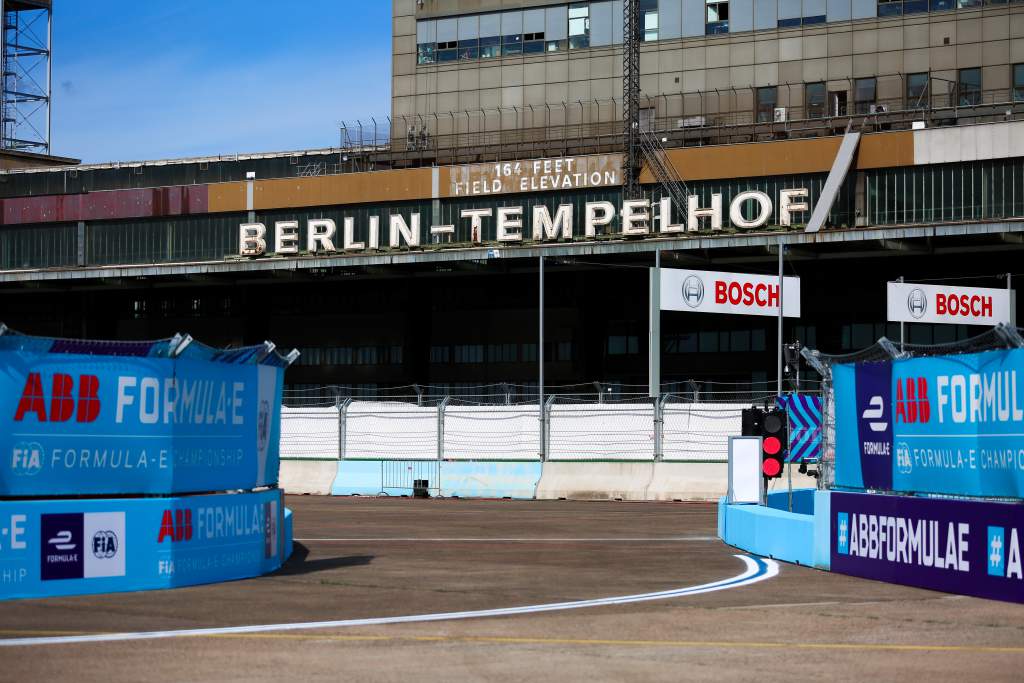
To be fair to Jamie Reigle and the predominantly new team he has assembled over the last 18 months, this is clearly the intention. The key questions now though are can it do so in a world altered and warped by such a wide-ranging crisis of a global pandemic.
There are just so many unknowns for a city-centric sporting entity to now deal with that adaption should become the new watchword for Formula E, particularly as it enters its third act in 2022.
Will there be a post-pandemic boom in which cities are flooded by people looking to fill appetites and voids fuelled by relative isolation, or will there still be a major cautioning of social interaction that means stadium and mass gatherings only slowly re-configure themselves?
The optimists, of which Formula E has many, will believe that the first of those scenarios will play out and that the championship will ride renewed momentum.
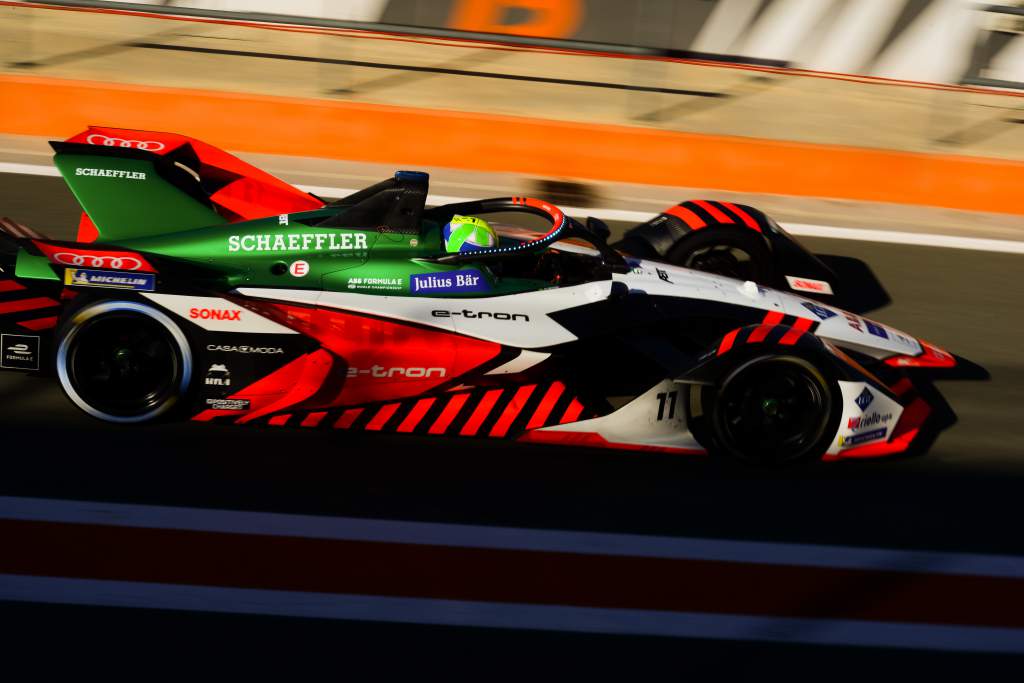
A lot of that depends if a renewed interest in future efficient and clean mobility abounds. Through exciting global EV competition, which in turn highlights sustainability and conservation topics, Formula E should enjoy a reformation of sorts.
Yet all of this mostly depends on circumstances way beyond Formula E’s current control – vaccinations, a variety of nations’ internal political make-ups, impacts of recessions, governments’ new economic policies, etc.
To that end Formula E has many mountains to climb in the next 18 months at least. The bad news is that there are some major blasts of icy winds repelling it. But also, Formula E has robust genetics that has allowed it to weather many past storms and enabled it to emerge sturdier. In 2021 it will undoubtedly need to use that hardy trait.









